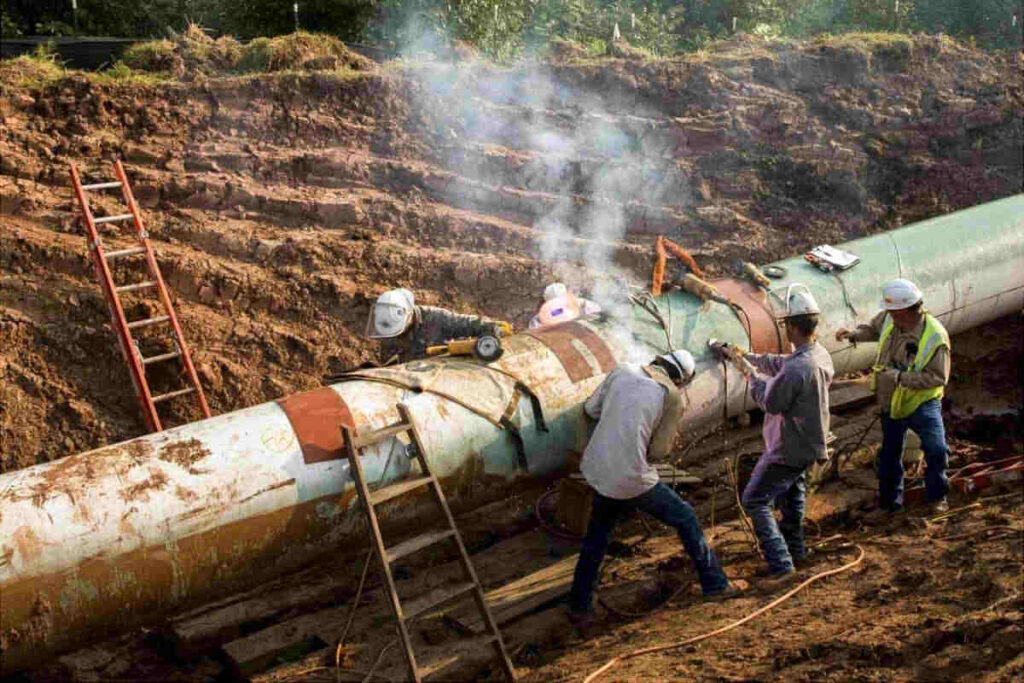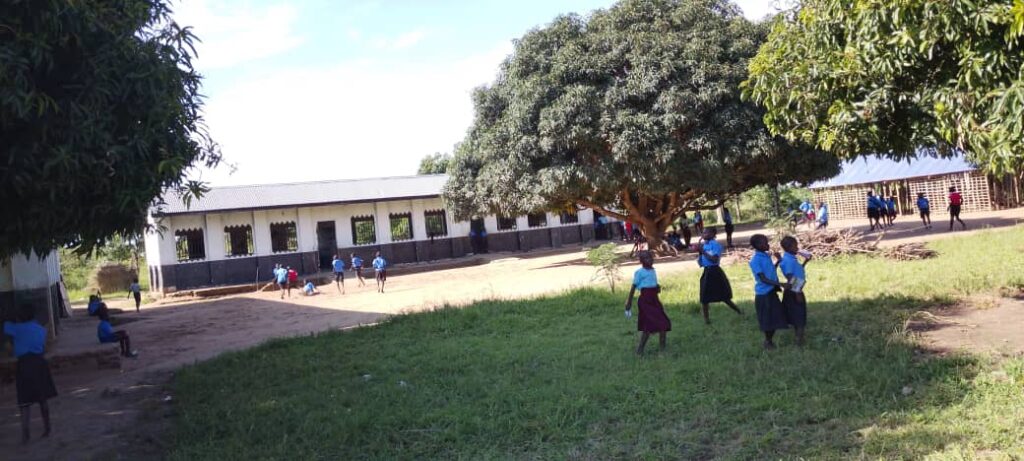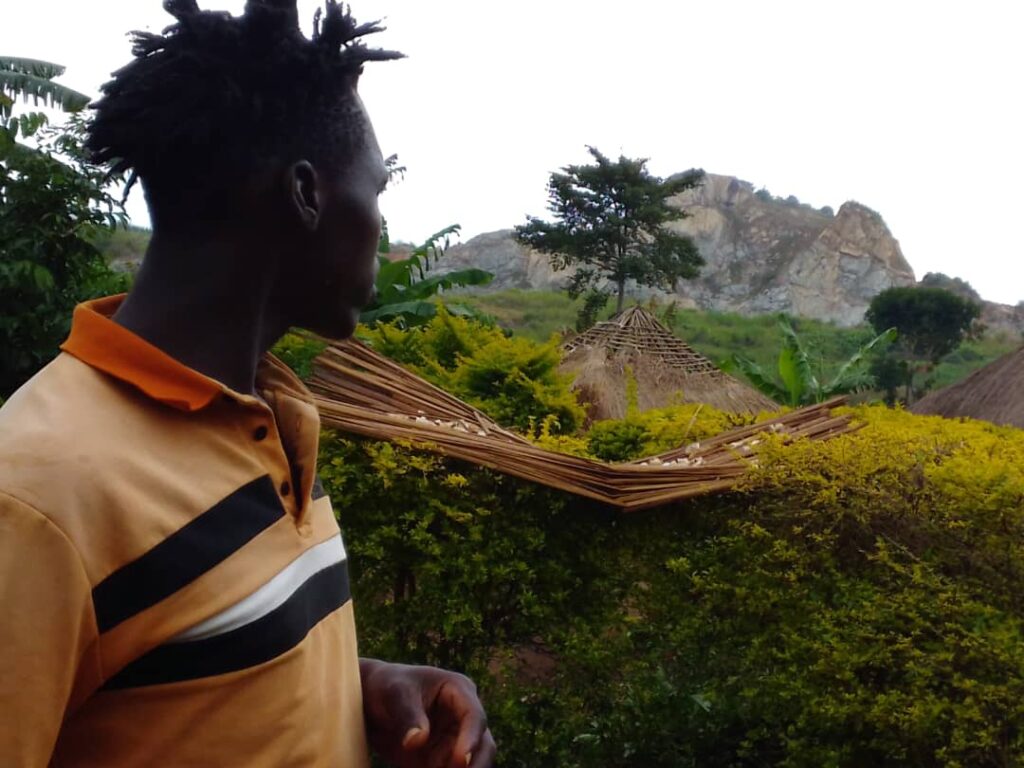It was early morning when Tasha Research Institute Africa community observer Tumwine Julius set out for Bugoma. The air was dry, unusually dry for March in western Uganda. The seasons had become unpredictable lately—rain that never came, sun that overstayed. As his motorbike rumbled down the dusty road into Kikuube District, he already sensed what he feared to find.
Bugoma Forest was once a place of magic. Towering trees, ancient and wise, sheltered birds that sang in languages only the wind understood. Streams bubbled through undergrowth rich with life, and the forest floor pulsed with the rhythm of nature. For the people who lived nearby, it was more than just trees—it was medicine, rain, food, and memory.
But now, much of that life is gone.
As Julius stepped into the forest’s edge, the damage was undeniable. Where once dense foliage stood, there were now lines of sugarcane—green, yes, but silent and sterile. Patches of scorched earth lay bare under the punishing sun, remnants of trees long cut and burned. The Hoima Sugar Company, he learned, had taken large portions of the forest to grow cane. In return, the community had received nothing but dry skies and empty stomachs.
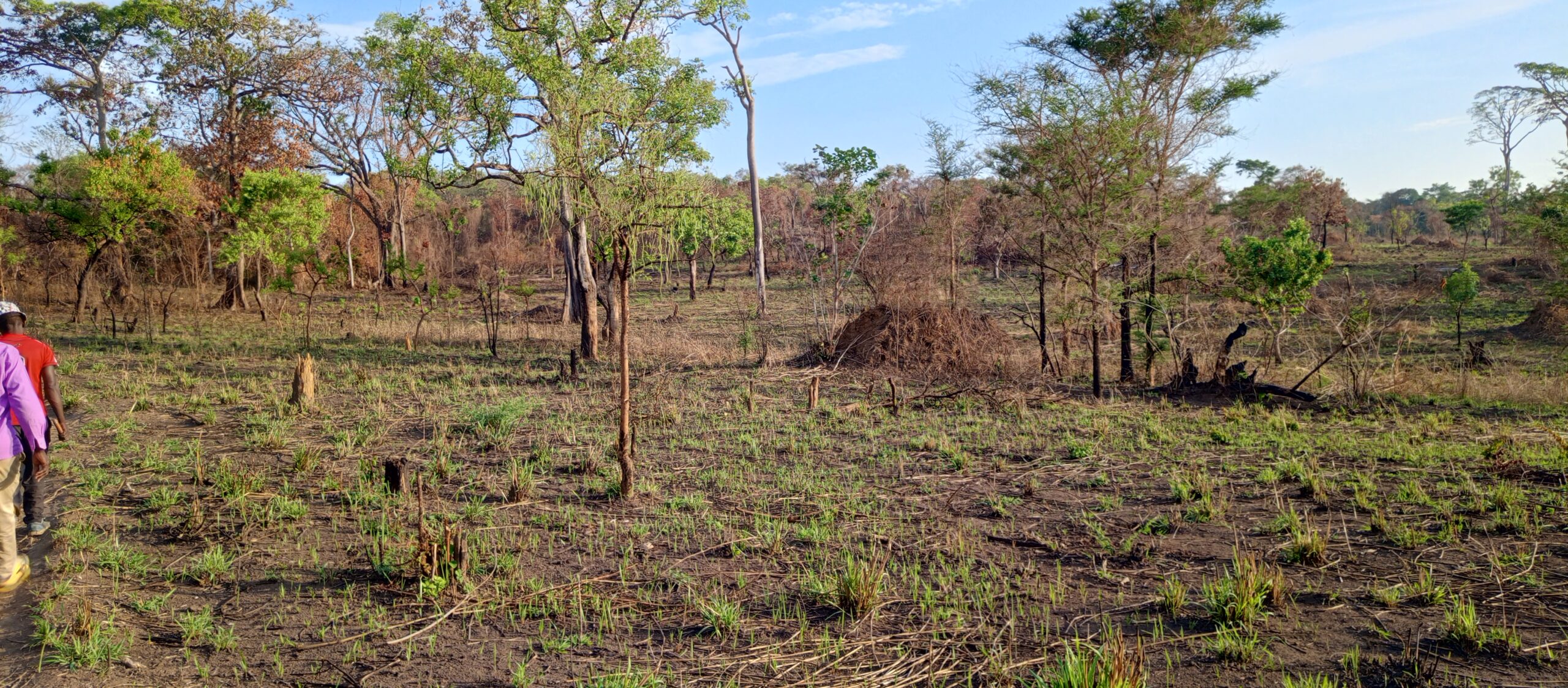
A section of Bugoma Forest showcasing massive deforestation
“They gave away the forest,” one elder told him. “And with it, they took our rain.”
Everywhere he turned, Julius heard the same story. Crops were failing. The rains no longer came when they used to. Water sources were drying up. And the forest, the giver of life, was vanishing before their eyes.
Yet amid the sadness, something stirred—resilience. In a small clearing, Julius met a group of villagers, mostly women, hunched over the soil. They were clearing land—not to farm sugarcane, but to plant trees. “We’re starting again,” one woman said. “We cannot wait for the government. We must save what we can.”
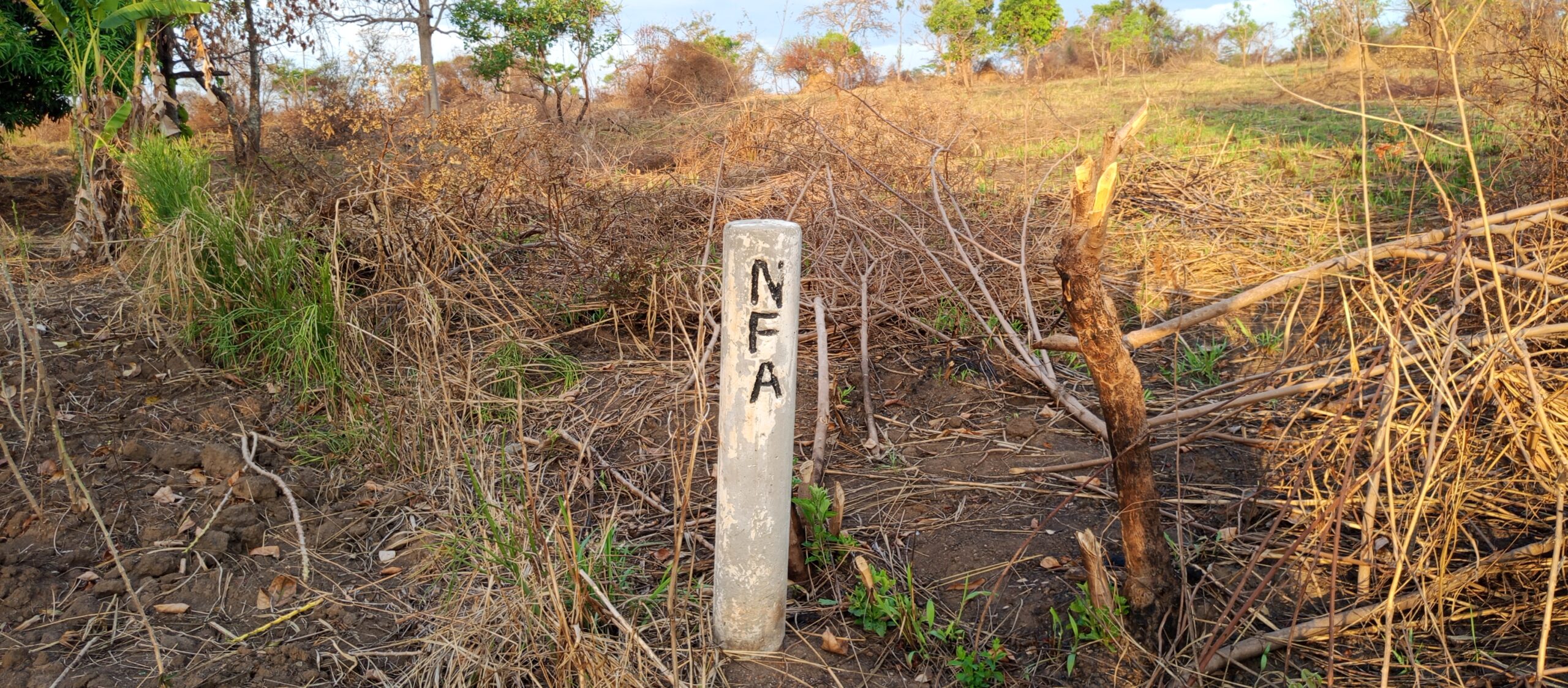
The effects? What was once a thriving forest is now parched land
They had no funding, no proper tools, and barely any seedlings. But they had something more powerful: the will to restore. Still, Julius knew it wouldn’t be enough. Without support—without seedlings, training, and protection—their efforts would be too slow against the machine of deforestation.
That evening, as the sun dipped below the horizon, Julius sat down to write his report. He knew it would be read by a handful of people in Kampala. But he hoped it would travel further—that someone, somewhere, would understand the urgency.
Bugoma Forest is crying, he wrote. Crying not only for itself but for the people who depended on it, for the animals that fled its destruction, for the planet that loses a part of its lungs each time a tree falls.
Saving Bugoma is not just about Uganda. It’s about standing against a world that cuts down its future for a bit of sugar. It’s about asking: when we look back, will we be proud of what we saved—or ashamed of what we lost?
The trees cannot speak. But Julius did. And now, it’s our turn.

